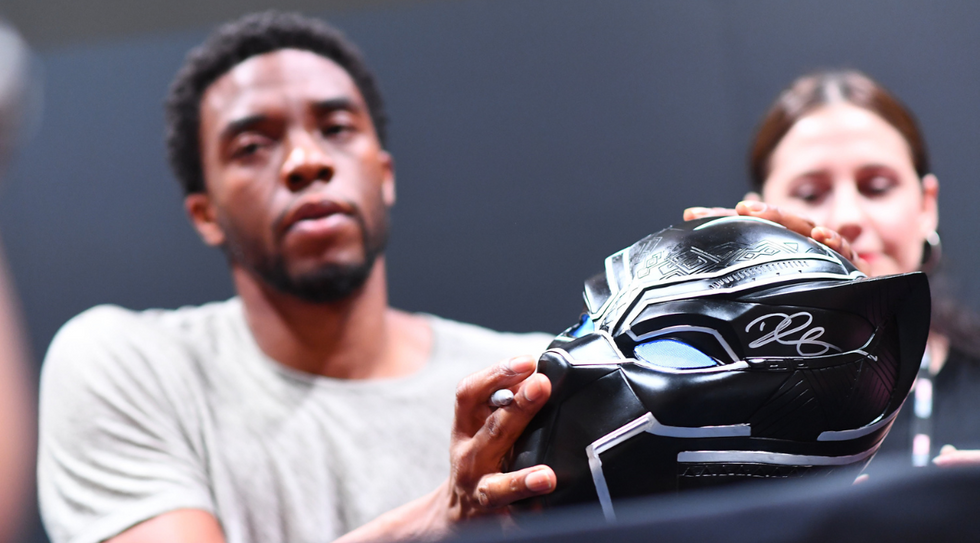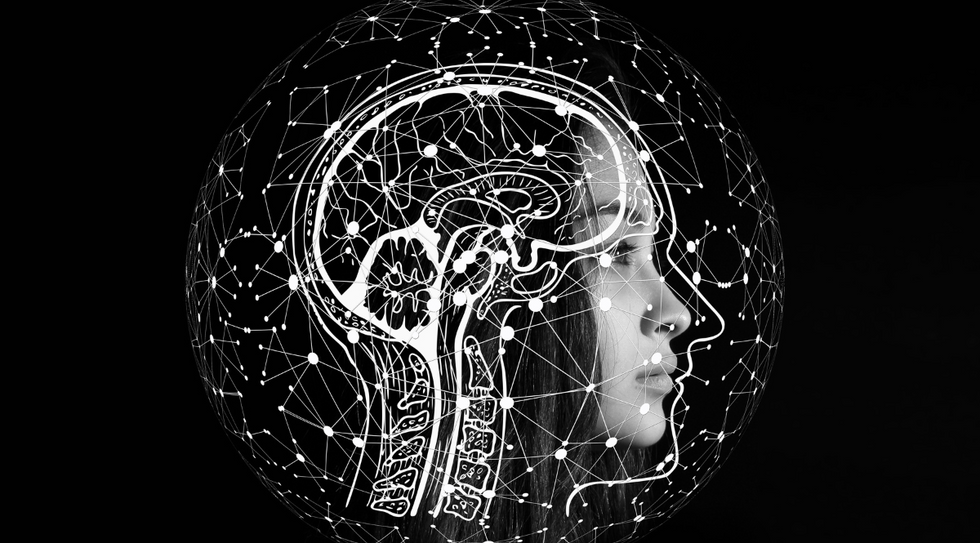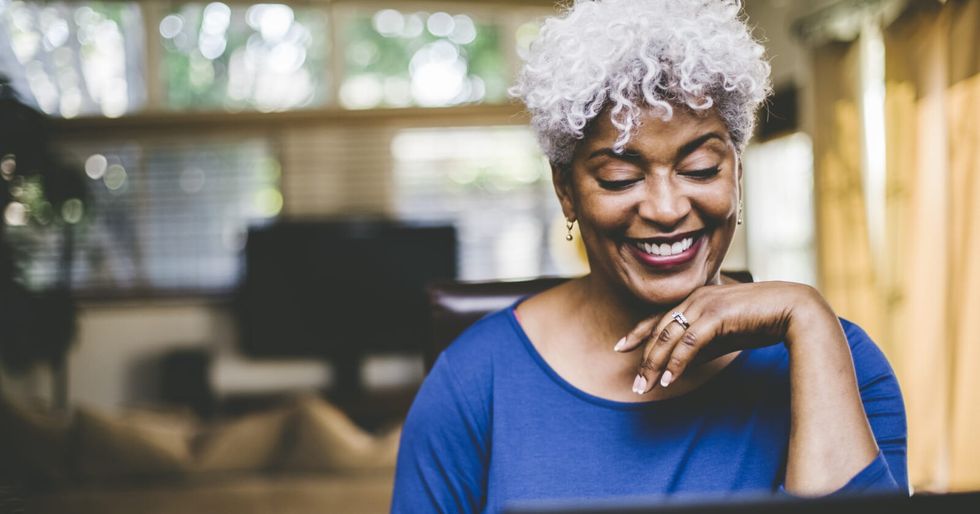A Match Made in Heaven: 6 Signs You've Found Your Kindred Spirit
Have you found your kindred soul? Picture going to a coffee shop, poetry event, or music festival or attending a class at university and meeting someone you instantly connect with.You know, the kind of conversations and engagement you would with trust and years familiarizing yourself with said person.And with this person, you feel an incredible bond filled with understanding and care would be considered a kindred spirit, almost as if you met them in a past life. It’s a beautiful thing when this occurs, forming a deep understanding with someone. RELATED: Healthy Life: Improve Your Spiritual Wellness With These 10 Fulfilling TipsBut on the other hand, people don’t always share the same perspectives as you do, which can spark curiosity and interest in developing friendships or romantic relationships.Still, clicking with a kindred spirit is a unique thing, as they will understand aspects about you that nobody else can. Ivana Cajina/UnsplashRead on to get the scoop on what a kindred spirit is, the signs you know you’ve met your kindred spirit, and the role this potential other half can play in your life.What Exactly are Kindred Spirits?Kindred spirits can be described in ways by people looking to have a better understanding of why they feel the way they do about those they feel swiftly drawn to.And according to a definition shared by Collins Dictionary, kindred spirits are people with “the same view of life or the same interests as you.”A genuine union with a kindred spirit feels very familiar and analogous when it comes to energy, emotion, and mentality.This divine connection can happen in any relationship, which predominantly includes platonic and romantic.With that, it’s safe to say that you’ve found someone worth being around and cherishing.Are Kindred Spirits Soulmates or Twin Flames?Kindred spirits are similar to the metaphysical concepts of twin flames, soulmates (also spelled soul mate), or karmic relationships, but with some subtle differences.Soulmates are said to be two individual souls that have an intense connection and are deeply drawn to one another, while kindred spirits feel very similar to one another. On the other hand, twin flames are considered to be one soul that is split into two bodies.Twin flames are also considered "mirrors" when it comes to the soul.When you meet your twin flame, it's as if you immediately become complete again.But this feeling of fulfillment can also come with challenges.As your mirror, your twin flame reflects your energy.Essentially this means unhealthy behaviors, weaknesses, and destructive traits, will be amplified and toxic for you both.Additionally, if the energy is positive, areas of growth and the most significant capabilities will be the focus, producing a beneficial partnership.Can Kindred Spirits Fall In Love With Each Other?Yes, kindred spirits can fall in love. It is worth knowing that not all kindred spirit connections are romantic.Because of how drawn to each other and confident kindred spirits can be in each other, it’s easy to get into a romantic relationship even if they aren’t meant to have that path.RELATED: 4 Signs You’ve Found a Kindred Spirit, Not a SoulmateIf you do end up falling in love with kindred spirits, they tend to come into your life once you’ve done inner work for growth.When they do pop up, your firm inner knowing will prompt you to be more open to meeting those special people.Signs You've Found Your Kindred Spirit in Life Adobe StockHow can you tell if the person you met and hit it off with is authentically supposed to be in your life?Well, there are a series of ways you can know for sure. Check out some of those down below.You Feel an Instant Connection With Someone Like You've Known Them Your Whole LifeMore times than not, kindred spirits feel they know each other through and through the exact moment they meet or a little after.It'll spark thoughts in your mind such as "I know exactly who you are!" or "I could talk with you for hours!" to name a couple.You Feel Safe and Sound With The PersonNaturally, when you are comfortable and engaged, it quells fears allowing you never to feel like you don't matter or question the relationship you have with said person. This ultimately helps promote a sense of balance and tranquility.You Have More Than One Thing in CommonKindred spirits will have an exciting amount of things in common, especially when it comes to outlooks on life.For example, you'll have similar values, such as integrity in relationships, polite mannerisms, and a sense of humor. You may even get shocked to find out how you dislike the same things or find each other completing each other's sentences when chatting. Toomas Tartes/UnsplashYou Discover More Things About YourselfWhen a kindred spirit enters your life, they sometimes come in and get realigned with your wisdom and your energy.The more you come around your kindred spirit, the more you see yourself and remember who exactly you are.They could be holding up a metaphorical mirror to see you for who you are or championing you to continue going after your goals and passions.They Support You, and You Would Do The SameYou can count on a kindred spirit to respect, love, and honor this person no matter what choices you've made.They will know exactly where you're coming from and help you make the best decisions.Your Connection With The Person Will Be The Same No Matter WhatIt can be days, months, and years since you've last spoken with your kindred spirit. But when you do, it's like the time and distance didn't cause the bond to break.But just like any relationship worth pursuing, kindred spirit relationships need care and attention to go the long haul. Jed Villejo/UnsplashMotivation For Each Other Is Always PresentAn imperishable bond between two people is produced through encouragement and motivation.Essentially, being there for each other when the going gets rough and offering uplifting words. In the same way, you both are willing to help in times of need and champion each other’s achievements.Encouragement and motivation make a stronger bond, helping your relationship flourish.Respect For Each Other’s Unique Quirks No one is exactly the same all the time. We all have traits and qualities that make us uniquely who we are.A strong bond needs two people who appreciate each other’s differences.Fully embrace each other and celebrate the things that make you different. This also provides opportunities to take on new experiences and learn some things from one another.How To Encounter A Kindred Spirit In Life Saiph Muhammad/UnsplashEven if you feel a connection like this is not in the cards for you, always remember that anything is possible as long as you put your best foot forward.Get Out Into The World and ExploreOne of the main ways to meet a kindred spirit is to get up, go outside and explore your surroundings. There are so many unique individuals out there, and you’ll have a hard time finding someone if you stay in hibernation mode.Take on volunteer opportunities with your community, go to a new destination, and explore new interests.The more you allow yourself to experience new people and experiences, the more you increase the chances of finding someone you can connect with on a deeper level.Don’t Shut Yourself Off From Meeting New PeopleIf you want to find your kindred spirit, you have to be willing to get out there and interact with people.No need to shut anyone out before you have the opportunity to get to know them. They may add to your life, changing it for the better.Even if it is a little uncomfortable at first, it will be well worth it!Be Your Authentic SelfNever try to be someone other than yourself, even when society is set up in that way.You have to tap into honesty with yourself if you want to be with someone who appreciates and receives you with open arms. Don’t be afraid to let your cards all out onto the table.Don’t Settle for Less Than What You DeserveWhen looking for someone to have a purposeful relationship with, it’s important that they share your core values and respect you as a fellow person.You’ll be confident around your kindred spirit and foster the notion of being yourself.Trust Your Gut IntuitionAs soon as you meet someone, immediately focus on your gut instinct.If something feels suspicious, it probably is. But if you have a positive feeling about someone, pursue it.You never know who you can connect with on a deeper frequency.Be Open To Many OptionsGypsieThe willingness to meet up with new people is essential. But not at the expense of spreading yourself too thin.It’s okay to be particular when on the quest for your kindred spirit. You don’t necessarily have to engage with everyone who comes your way, especially in romantic partnerships.Get to know people before you decide if they are potential matches. Take your time and don’t leap into something, and don’t rush into anything.Practice Patience On The JourneyDon’t feel defeated if you don’t find your kindred spirit soon. Coming across that person takes time and steadiness.Continue to explore, and eventually, you’ll find that special someone with whom you can have a fantastic relationship.Gear Up For Compromise and Take The Journey For All It IsShutterstockAlthough your kindred spirit is a divine connection based on similarities, it doesn’t mean there will always be an agreement on how things are conducted.Prepare yourself to accept and honor each other’s opinions, even when you aren’t on the same page.Finding a kindred spirit is a rewarding feeling, but again, enjoy the journey that you are on — it’ll make it an easy feat!Overall, your kindred spirit will have a vital role in your life as it will offer a sense of security and belonging, allowing you to feel at ease and at home, regardless of where you are on your life path.





























